An OECM is a geographically defined area, other than a Protected Area, that is governed and managed in a manner that achieves positive and long-term sustainable results in the conservation of in-situ biodiversity. OECMs have associated ecosystem functions and services and sometimes conserve local cultural, spiritual, socio-economic and other relevant values. While the concept of OECMs has been internationally recognized, Vietnam is continuing to research and develop a legal framework to regulate the establishment and management of OECMs as an innovative conservation approach.

Speaking at the workshop, Mr. Nguyen Van Tai, Director of the Department of Nature Conservation and Biodiversity, said: The Kunming-Montreal Global Biodiversity Framework calls on the world to achieve the goal of conserving 30% of the Earth's land and sea area by 2030 through the establishment of protected areas and OECMs - also known as the 30x30 target. This is also one of the priorities of Vietnam's Biodiversity Strategy.
Vietnam is home to many areas of high biodiversity value such as important wetlands, important natural landscapes, areas that are the target of restoration or re-establishment of natural ecosystem functions... These areas have the opportunity to be recognized as OECMs.
As an agency that helps the government unify state management of biodiversity, management and protection of natural heritage environment, and is also the national focal point of the Convention on Biological Diversity, in recent times, the Department of Nature Conservation and Biodiversity has advised on the development and promulgation, contributing to perfecting the legal corridor on nature conservation and biodiversity in Vietnam. Mr. Nguyen Van Tai expressed his hope that international partners and organizations will continue to closely coordinate to implement initiatives to effectively implement the National Strategy on Biodiversity, as well as promote the implementation of OECM nationwide to contribute to achieving the 30x30 target in particular and the goal of the Global Biodiversity Framework in general.
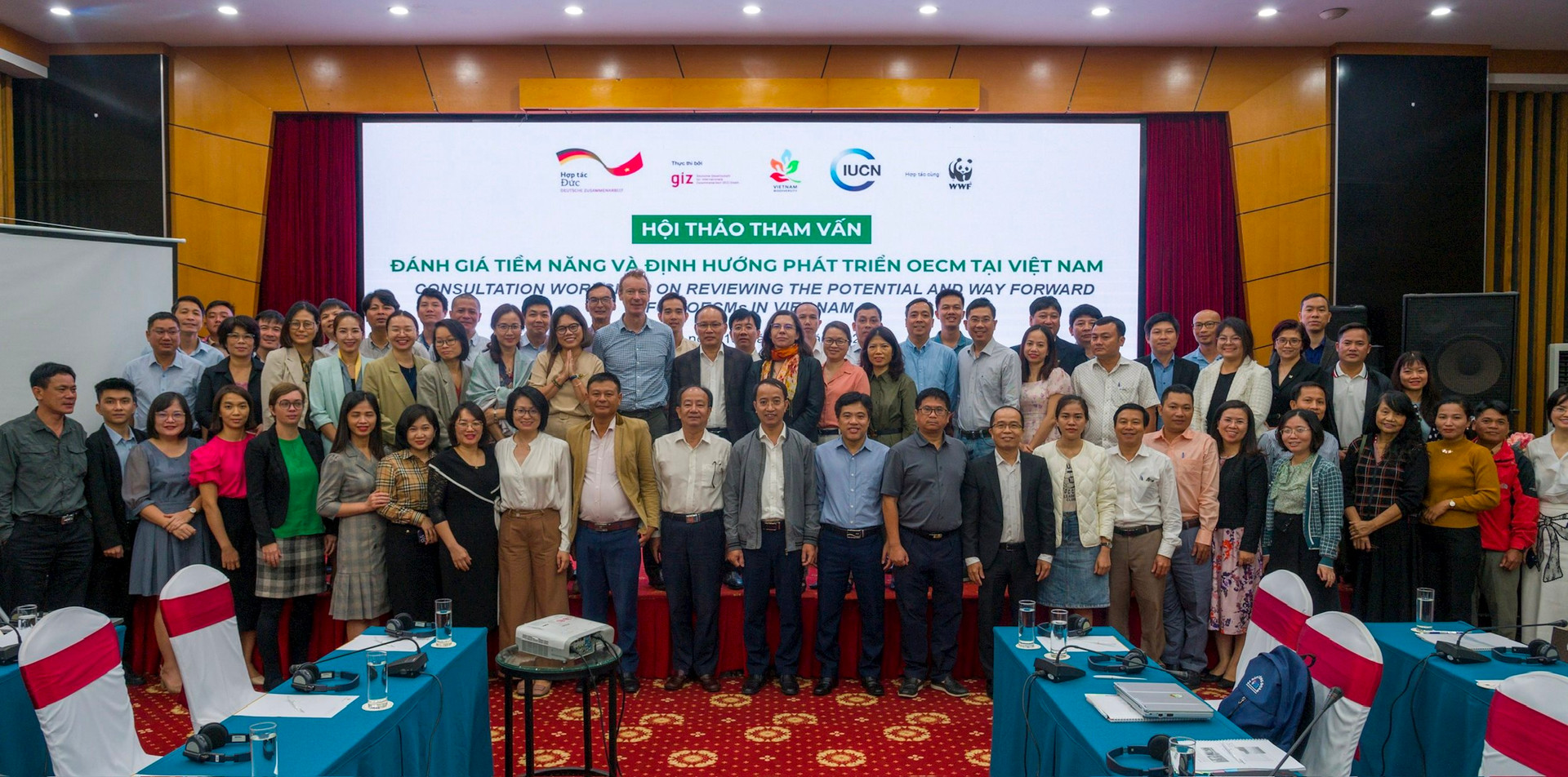
According to Mr. Jake Brunner, Director of IUCN Lower Mekong Region, unlike protected areas which must have the main objective of conservation, OECMs can be managed for many different purposes but must achieve effective and long-term conservation goals. The establishment of OECMs is in line with the functions and tasks of the Ministry of Natural Resources and Environment and contributes to promoting in situ biodiversity conservation. Institutionalizing OECMs will not only help Vietnam fulfill its international commitments but also protect the biodiversity of threatened habitats such as isolated limestone mountains, seasonally flooded grasslands, and coastal tidal flats. This is currently not widely seen in the protected area system.
At the workshop, nearly 100 experts from domestic and international organizations shared information on potential and development orientation, criteria and identification processes, experiences in building, managing and operating OECMs of countries, assessed advantages and difficulties, and discussed many valuable ideas for the future development of OECMs in Vietnam.
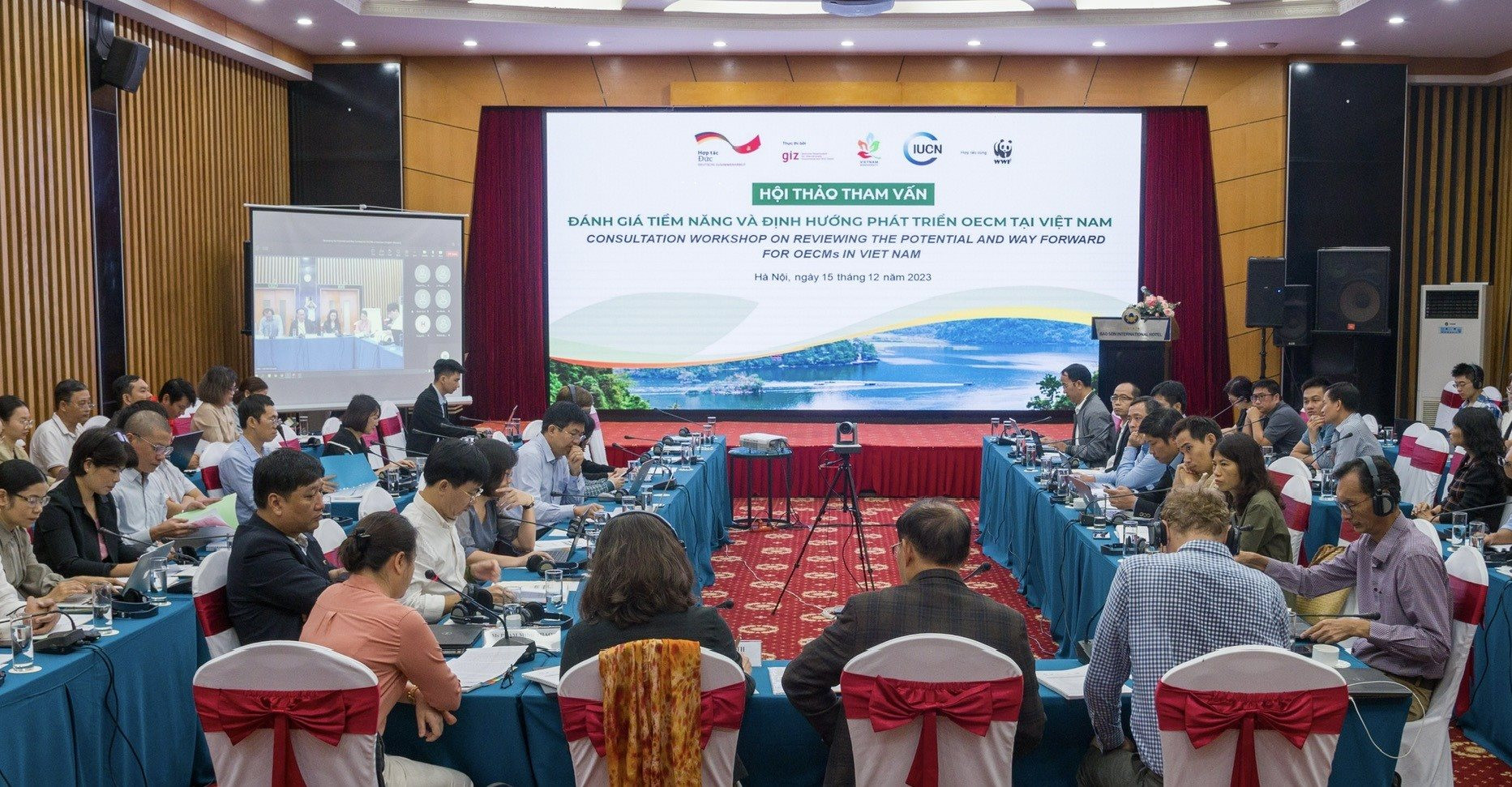
Ms. Anja Barth, Chief Project Advisor (GIZ) Vietnam shared: Recently, GIZ Vietnam has coordinated with the Department of Nature Conservation and Biodiversity (Ministry of Natural Resources and Environment), the Department of Special-use and Protective Forest Management (Ministry of Agriculture and Rural Development) to conduct a study. The results have identified 9 categories of potential areas to become OECMs. In the coming period, Vietnam needs to develop a map of these areas and propose overall management and governance mechanisms. With the recognition of OECMs, Vietnam will make significant progress in the system of protected and conserved areas. This is the foundation for implementing Vietnam's ambitious commitments to the Convention on Biological Diversity and implementing the 30x30 Target in Vietnam.
Representative of WWF Vietnam, Mr. Nguyen Van Tri Tin, Director of Wildlife Conservation Program, said: The implementation of OECM in Vietnam needs to be approached comprehensively, ensuring the active participation of the grassroots level and local communities. WWF wishes to coordinate with relevant parties in selecting and piloting several OECM models in the Central Truong Son region, contributing to the completion of the Legal Framework and policies for OECMs in Vietnam in the coming years.
Nine potential areas recognized as OECMs include: natural protection forests; buffer zones of conservation areas; natural production forests; aquatic resource protection areas; areas with high biodiversity outside conservation areas; biodiversity corridors; important wetlands; important ecological landscapes; national tourist areas.
Source


![[Photo] The Standing Committee of the Organizing Subcommittee serving the 14th National Party Congress meets on information and propaganda work for the Congress.](https://vphoto.vietnam.vn/thumb/1200x675/vietnam/resource/IMAGE/2025/11/19/1763531906775_tieu-ban-phuc-vu-dh-19-11-9302-614-jpg.webp)







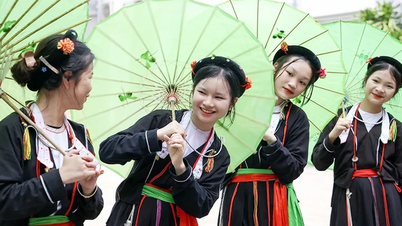

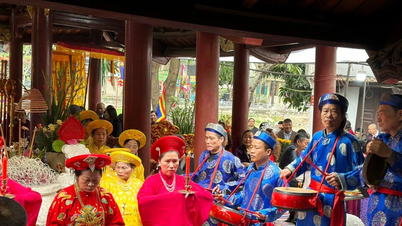



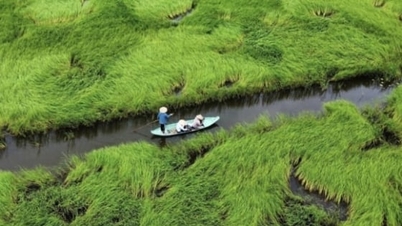

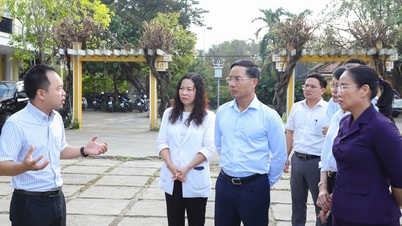

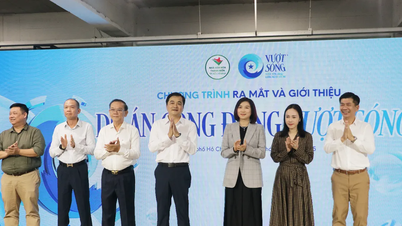

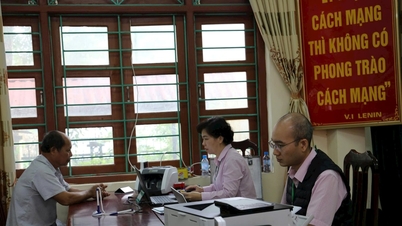



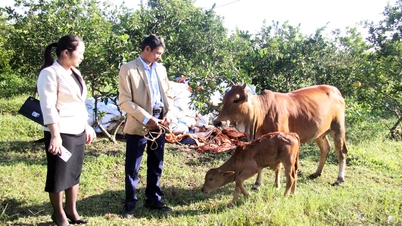


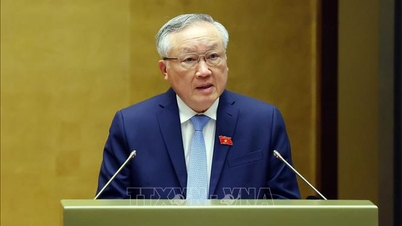





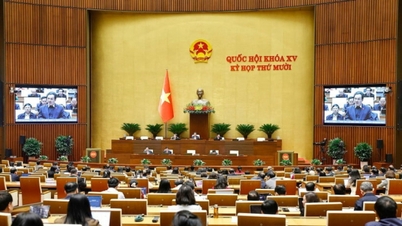



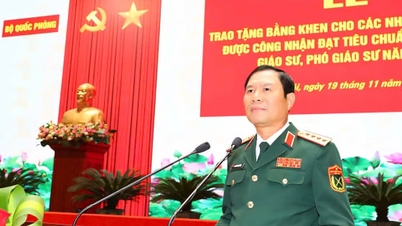

![[Photo] Prime Minister Pham Minh Chinh and his wife meet the Vietnamese community in Algeria](https://vphoto.vietnam.vn/thumb/1200x675/vietnam/resource/IMAGE/2025/11/19/1763510299099_1763510015166-jpg.webp)

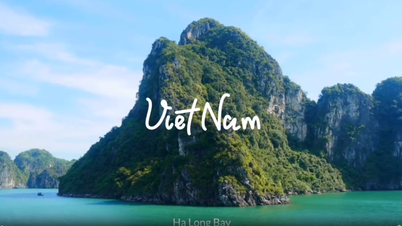






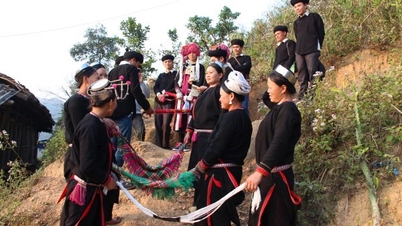

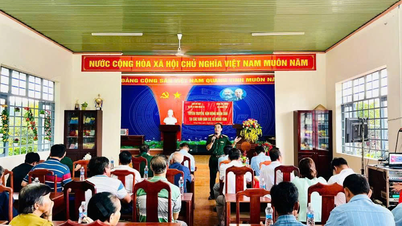



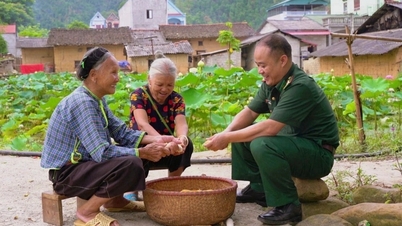







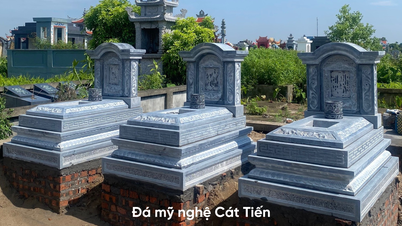



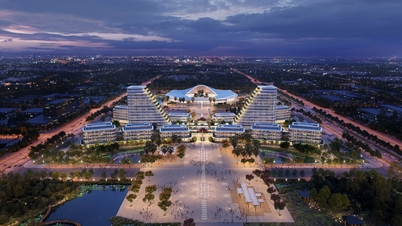



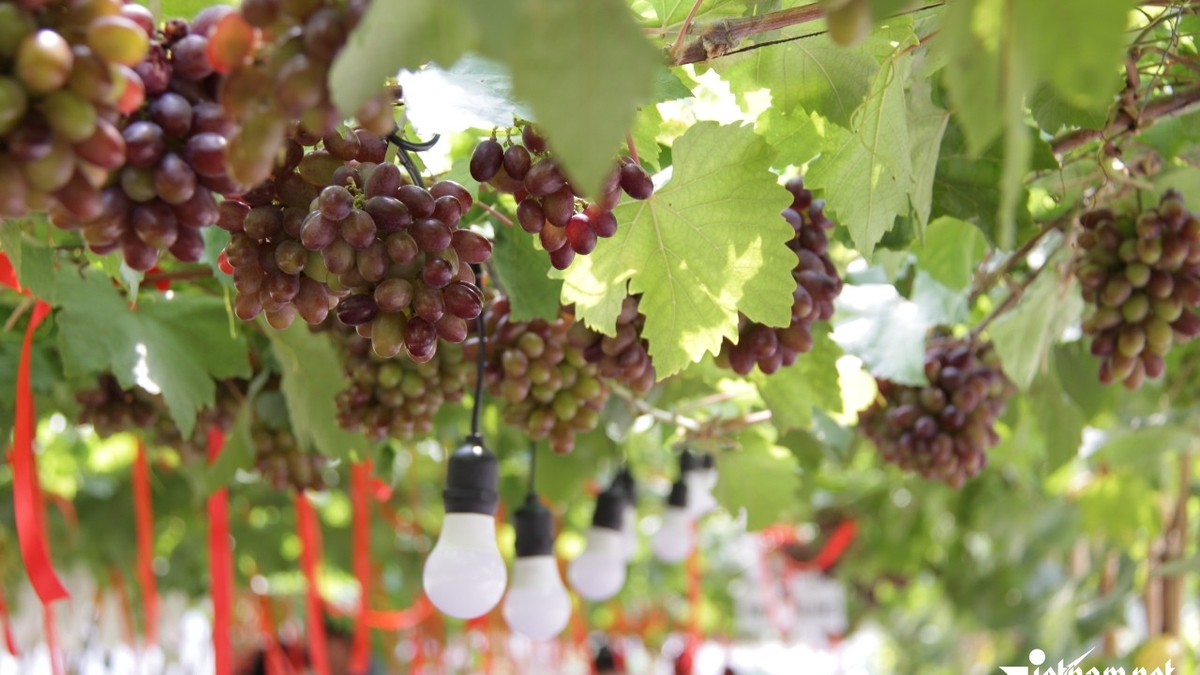


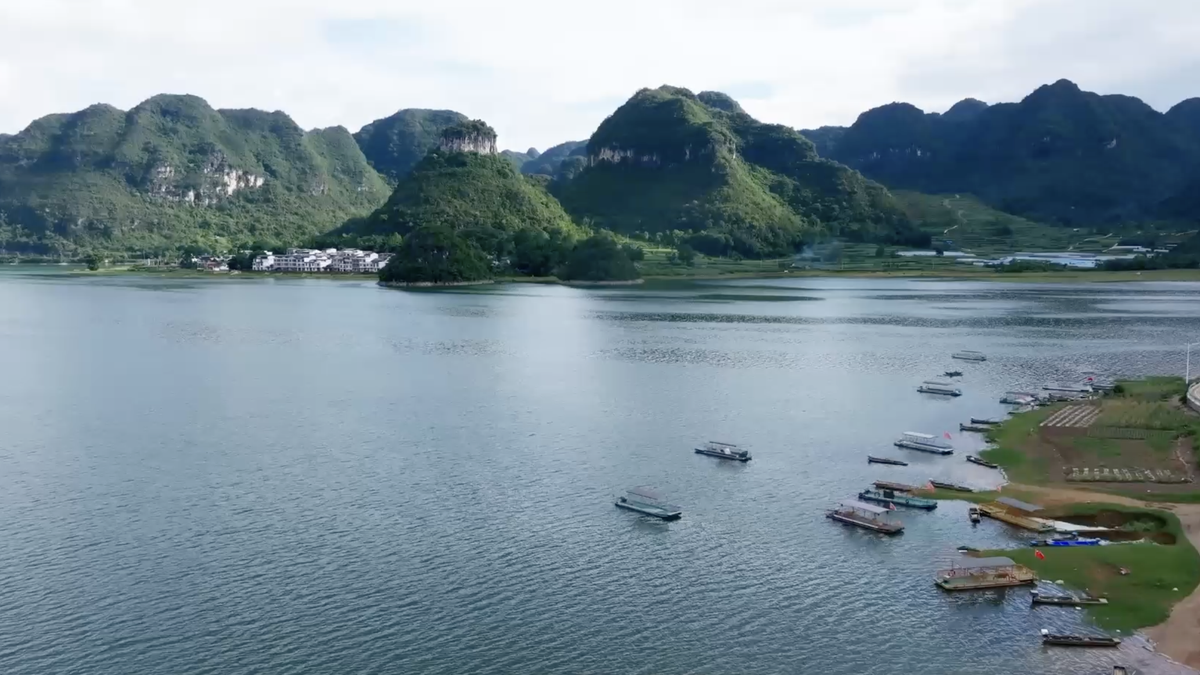
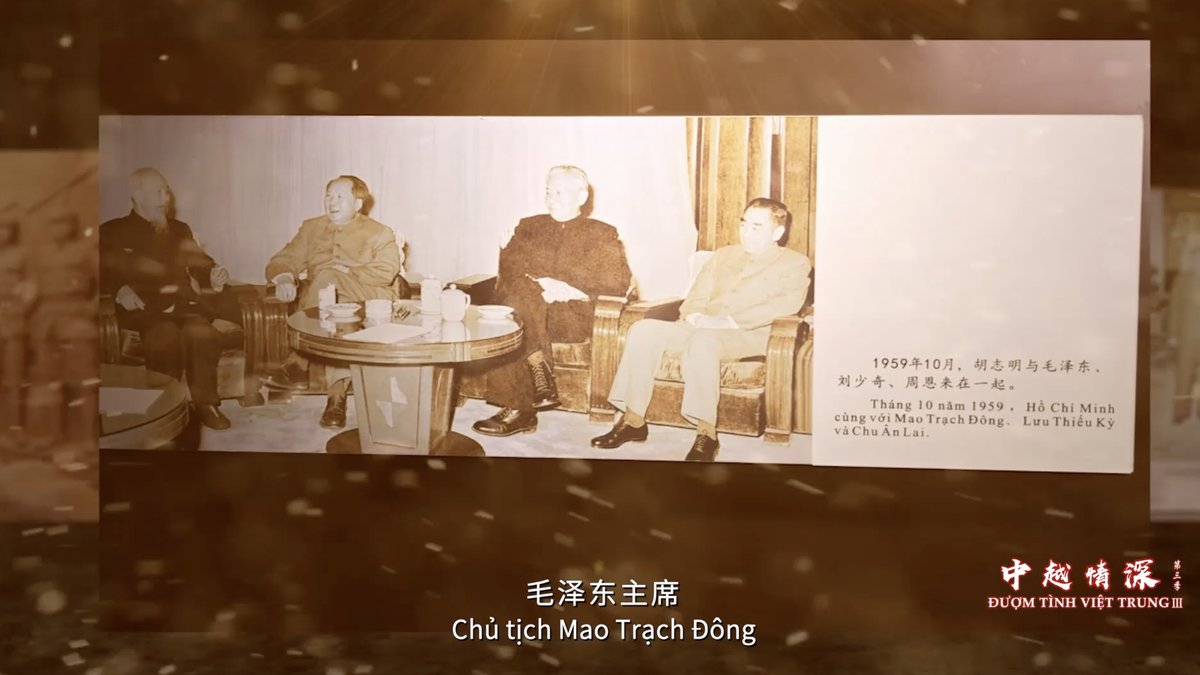








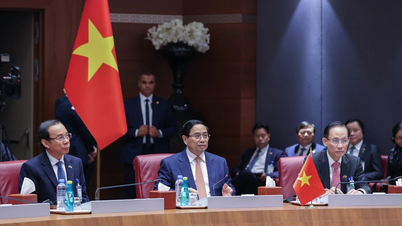



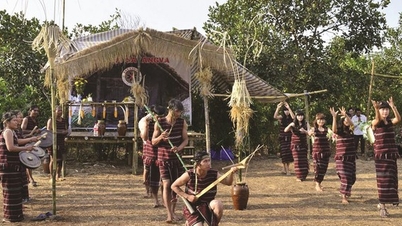



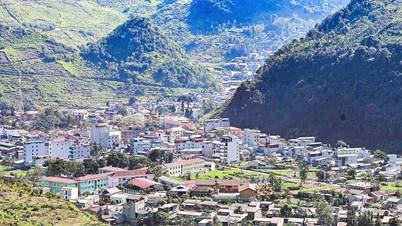


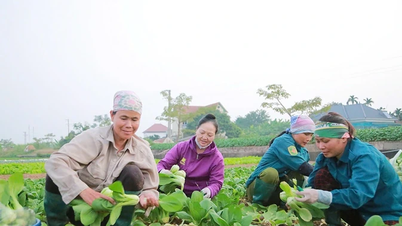
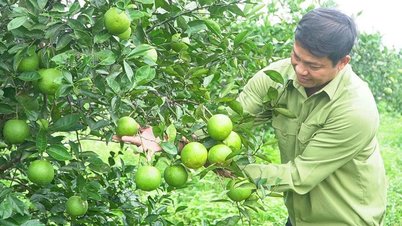

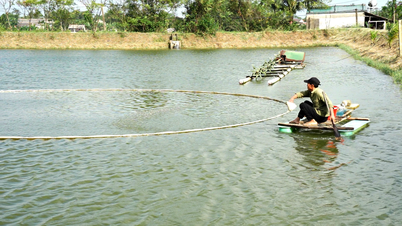
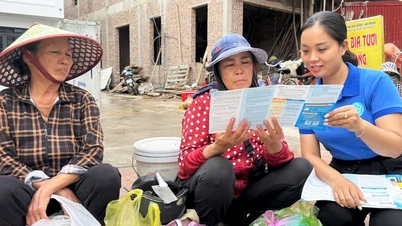

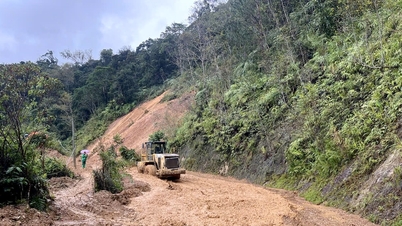
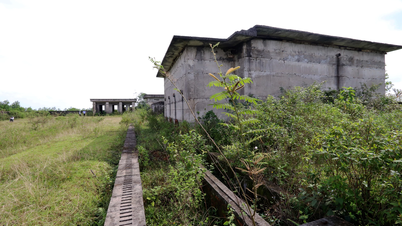
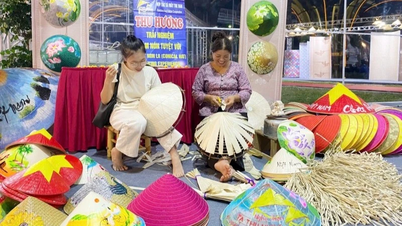



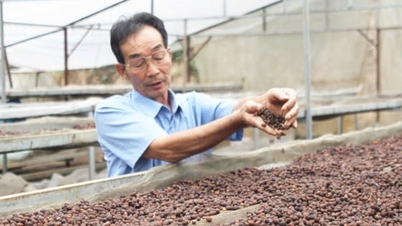







Comment (0)